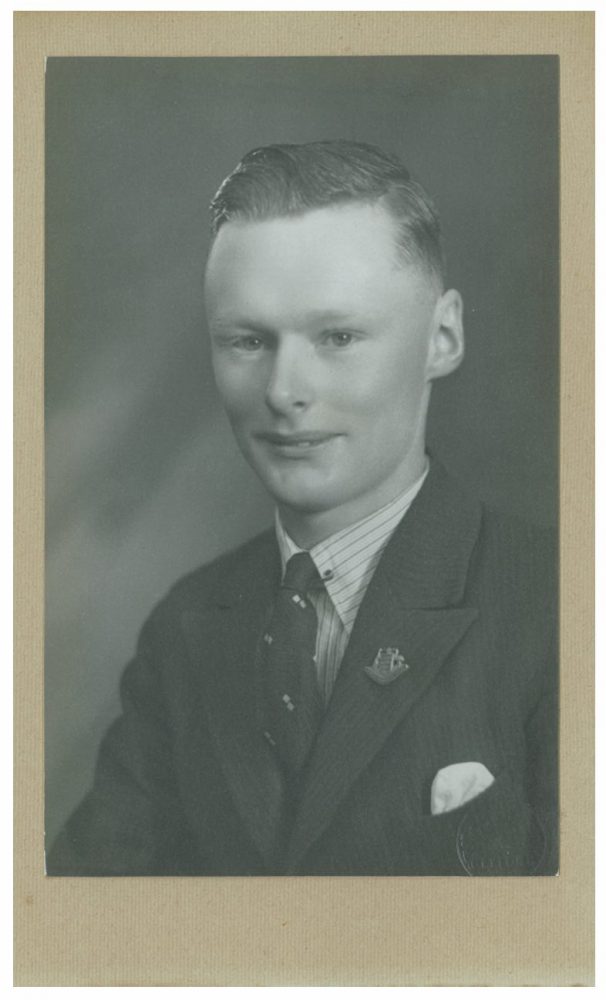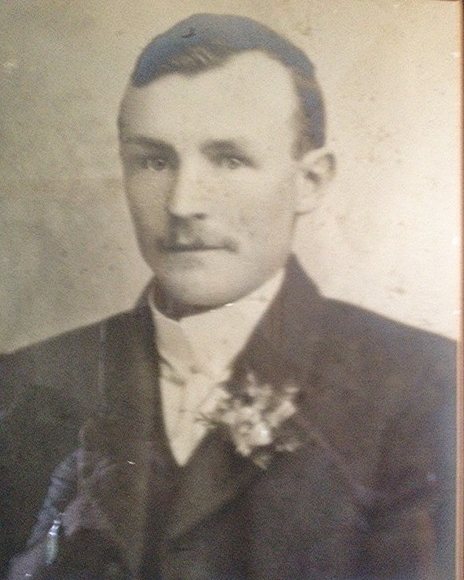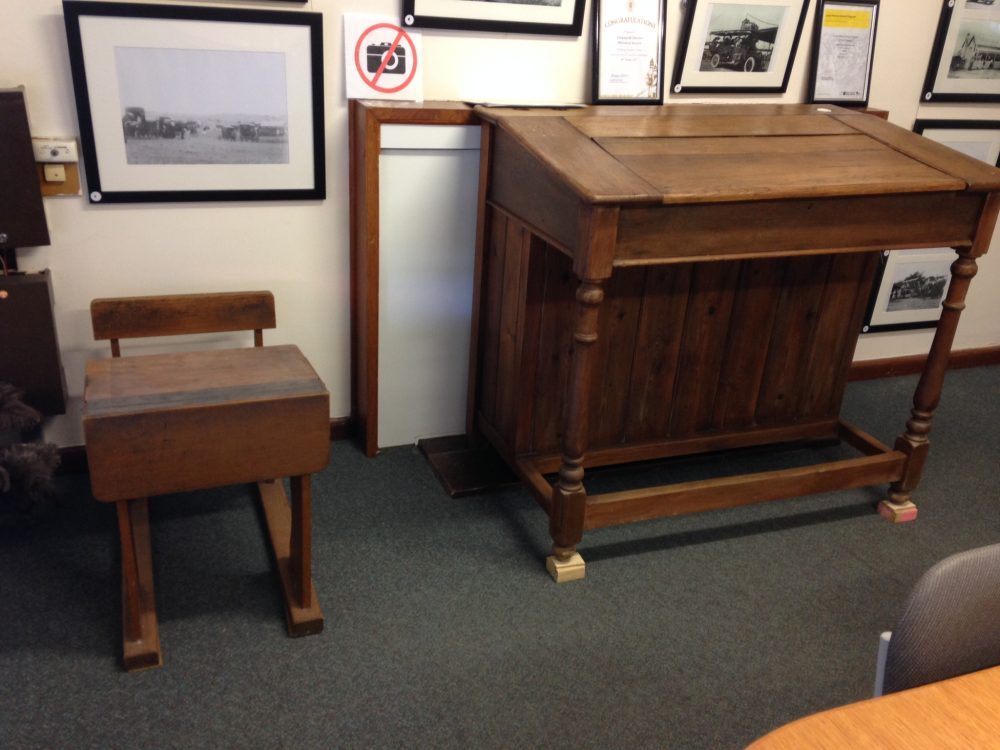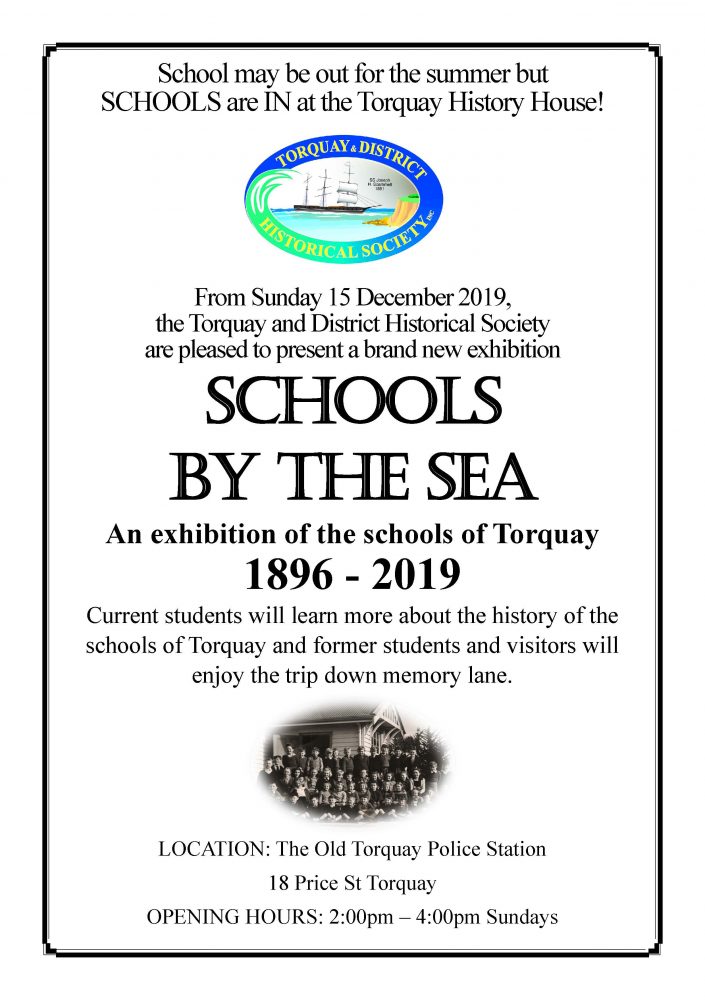BELLBRAE PIONEERS SIMMONS, MOUSLEY AND CUNNINGHAM
A colourful history of service
Arthur Simmons
William Simmons married Rebecca Hunter in 1877. As farmers they owned and ran properties at Freshwater Creek and Waurn Ponds (now Deakin University).
Their son Thomas married Cecelia Lemin in 1914 and had two sons – Arthur and Alan. They lived at the Freshwater Creek farm. Thomas died in 1921, aged 39 from septicemia after a sheep stood on his toe. Cecelia then married William Cunningham. They continued to farm at Freshwater Creek. The boys rode their horses to school.
THE MOUSLEY CONNECTION
Arthur Simmons met Phyllis Mousley at the local dances and used to ride his Raleigh motorcycle to get petrol from the Anglesea General Store, Post Office and Tea Rooms in the hope of seeing Phyllis. It was run by her family since opening in 1917. Her father Reuben had served in Gallipoli in WW1 (His ashes, with his first wife May, are buried at Bellbrae cemetery).
The Mousleys had settled in the area after Reuben’s grandfather Joseph, who had been transported to Hobart Town in 1836 to serve a life sentence for sheep stealing, was pardoned and moved to Geelong in 1848. He married and had 10 children, one of whom was Rueben’s father William.
Arthur and Phyllis married in 1938 and bought land at Anglesea for £8 in 1941. Their house was built from recycled materials due to war time scarcities. Phyllis continued to help the family business, manning the switchboard during the Black Friday bushfires of 1939. Arthur worked for the Forestry Commission while Phyllis and the children worked their land in Anglesea (now the industrial estate). Phyllis died in 2000 and Arthur passed away just before his 98th birthday in 2014. Arthur served on the Bellbrae Cemetery Trust from 1960 until his death in 2014 and is buried in the Bellbrae cemetery.
Joseph Mousley was born in Staffordshire, England in 1811 the son of Thomas Mousley (1772-1832) and Elizabeth Allsop (1779-1830). In 1835 he was convicted in Staffordshire of sheep stealing and sentenced to life with transportation to Tasmania. Joseph a plowman was 23 years old. He left London aboard the Lord Lyndoch in April 1936 bound for Hobart arriving in August. He received a ticket of leave due to good conduct “having been convicted of only two minor offences during the ten years he has been in the colony.” In 1849 he married Ann Hebuirn (1826-1909) the daughter of Thomas Hebuirn (1800–1879) and Elizabeth Emptage (1802–1854) in New Norfolk, Tasmania where their first child William (1847–1849) was born. By 1848 they were living in Chilwell, Geelong where 5 more children were born; Joseph (1848-1849), Thomas (1850-1858), Anne (1852-1917), Joseph (1855-1921) and Harriet (1857–1907). By 1860 they were living at Bambra where Joseph established a farm and a further 4 children were born; William Henry (1860-1945) Mary (1862–1945), Albert (1864–1833) and Elijah (1868–1927). The Hebuirn family also moved from Tasmania to Chilwell and Joseph and Thomas carted water to the residents of Chilwell before he moved to Bambra.
Joseph died in 1899 at his residency in Chilwell aged 88 years and is buried in the Eastern Cemetery. In his will he appointed his son Joseph and William Wallace, nurseryman of Newtown as trustees of his estate that comprised a farm at Bambra and two properties in Chilwell. He left his savings to his wife Ann and an annual income of £20 to be established. The Clover Hill farm at Bambra of 94 acres and stock he left to his son Joseph. The residual of the estate was to be sold and divided amongst his other living children; Ann (Mrs Bennett), Harriet (Mrs Armistead) William Henry, Mary (Mrs Armistead), Albert and Elijah.
Ernest died as an infant, Violet died aged 27 from the complications of child birth and Phillip died aged 18 from a shooting accident whilst he was out hunting rabbits.
Andrew Ruben Mousley the 4th child of William and Ellen was born at Bambra in 1889. By 1915 Andrew was working in Western Australia as a sleeper hewer for the railways. He enlisted in May at Nannup into the 7th Reinforcements for the 11th Battalion 1st AIF and in early August was on his way to Alexandria in Eygpt. Within a week he was at Gallipoli and a week later sustained a shrapnel wound to his right thigh. He was treated at the hospital at Heliopolis, Egypt and by November he was invalided back to Australia arriving home in March 1916.








2485 Pte Andrew Ruben Mousley 7th Reinf 11th Batt 1st AI







